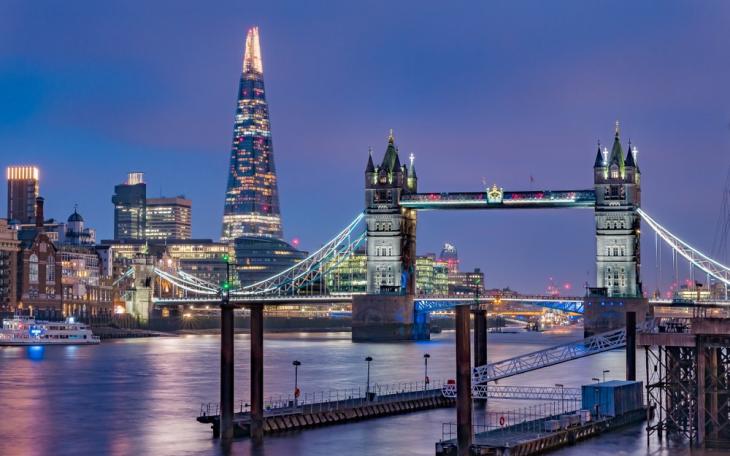Dizzying Heights

By Beth Park
In its latest clampdown on tall buildings this week, China has said it will restrict smaller cities from building ‘super skyscrapers’, in order to put a stop to ‘vanity projects’ and prevent a ‘waste of resources’.
Strict limitations will come in for skyscrapers taller than 150m – that’s about half the height of The Shard – and buildings higher than 250m will be banned from cities with a population of less than 3 million.
This follows a previous crackdown in July of this year, when China’s national development and reform commission banned new skyscrapers taller than 500m and restricted those taller than 250m. Consent for buildings taller than 100m was also made subject to requirements for anti-earthquake capability and whether they could match the fire and rescue capability in the cities they are located.
“Lifelong accountability” would be in store for those who approve new projects violating these rules. But why the sudden hard-line approach on this matter from China, and would the UK ever follow in similar footsteps?
China is home to the world’s second tallest building – the 128-storey Shanghai Tower – and has been a source of experimentation for some of the most ambitious international architects in the industry. However, reports on state and social media have given rise to significant concerns about the management of these buildings.
In March, a fire broke out in a high-rise residential building in the northern Chinese city of Shijiazhuang. In May, a 72-storey tower in Shenzhen began mysteriously shaking and prompted a panicked evacuation – footage of which went viral.
At home in the UK, it was the Grenfell Tower disaster which rightly ushered in a renewed focus on the safety of high-rise residential buildings. Most of the discussion has been around the use of flammable cladding enveloping these towers, rather than there being a crackdown on tall buildings altogether, but the Fire Safety Act 2021 put more onus on to building owners for proper management of fire risk.
However, those who wish to see the UK follow in China’s footsteps on this particular matter are likely to be left wanting. Tall buildings clearly do have a positive role to play: in meeting housing demand, revitalising local centres with the increased footfall they bring and boosting tourism. Furthermore, the Government’s current narrative to encourage redevelopment of brownfield sites – backed by a commitment of £1.8bn in the Autumn Budget – glosses over the fact that there is relatively little brownfield land left. Therefore, the only logical way to effectively use those sites to achieve housing targets would be to go taller.
The discussion around landmark skyscrapers – from the beautiful to the obscure – is also interesting in the context of recent news that the Government is set to green-light plans for the 305m ‘Tulip Tower’ at 30 St Mary Axe. Despite being rejected by the Mayor of London on the grounds of “insufficient quality” and harm to London’s skyline, The Sunday Telegraph has reported that Michael Gove is going to overrule that decision – his first bold move as Housing Secretary.
Love or hate them, it certainly seems that tall buildings are here to stay. In the words of Yaz, “the only way is up…”.








